43 pyplot scientific notation
python - Set 'y' axis to scientific notation - Stack Overflow import matplotlib.pyplot as plt import numpy as np x = np.random.randint (1e4, size=200) y = np.random.randint (1e4, size=200) plt.ticklabel_format (axis='both', style='sci') plt.xlabel ('x') plt.ylabel ('y') plt.scatter (x,y, color='b', s=5, marker=".") plt.show () My output just appears in none-scientific notation. how to disable scientific notation in matplotlib Code Example "how to disable scientific notation in matplotlib" Code Answer remove scientific notation python matplotlib python by Exuberant Eel on May 11 2020 Comment 0 xxxxxxxxxx 1 fig, ax = plt.subplots() 2 ax.plot(range(2003,2012,1),range(200300,201200,100)) 3 ax.ticklabel_format(style='plain') #This is the line you need <------- 4 plt.show()
Scientific notation on each tick in the default font in pyplot 4. So what I want is to have my pyplot ticks in scientific notation. So each tick looks like 1x10^6 rather than 1 and then the 10^6 on the axis. The only way I've been able to do this so far is by manually setting each ticklabel as r'$1\times10^6$', but this puts it in the mathematical expression font and set_yticklabels wont listen if I try to ...

Pyplot scientific notation
Show decimal places and scientific notation on the axis of a ... - NewbeDEV Show decimal places and scientific notation on the axis of a matplotlib plot. This is really easy to do if you use the matplotlib.ticker.FormatStrFormatter as opposed to the LogFormatter. The following code will label everything with the format '%.2e': import numpy as np import matplotlib.pyplot as plt import matplotlib.ticker as mtick fig ... python - Show decimal places and scientific notation … 18.12.2019 · I am plotting some big numbers with matplotlib in a pyqt program using python 2.7. I have a y-axis that ranges from 1e+18 to 3e+18 (usually). I'd … Scientific notation colorbar in matplotlib - Stack Overflow import matplotlib.pyplot as plt import numpy as np img = np.random.randn (300,300)*10**5 myplot = plt.imshow (img) cbar = plt.colorbar (myplot) cbar.formatter.set_powerlimits ( (0, 0)) # to get 10^3 instead of 1e3 cbar.formatter.set_useMathText (True) plt.show () generates plot. See the document of set_useMathText () here.
Pyplot scientific notation. Plotting with Serif Font, scientific notation · Issue #2042 ... If you change the range on the x-axis to smaller values (ex: x10⁻¹²), you will likely "force" Pyplot to use scientific notation, and get similar results. Again, as far as I can see the problem is that the "Latin Modern Math" font is lacking the ability to "draw" exponential "characters" Adam Smith Adam Smith matplotlib scientific notation Use the numpy.format_float_scientific Function to Represent Values in Scientific Notation. Creating a Scientific project Create a PyCharm project with the scientific settings predefined Only if you disable both offset and scientific notation will you get the complete numbers at the labels for the data provided in the example. way, why would anyone ever want a plot in scientific notation where ... Matplotlib - log scales, ticks, scientific plots | Atma's blog fig, ax = plt.subplots(1, 1) ax.plot(x, x**2, x, np.exp(x)) ax.set_title("scientific notation") ax.set_yticks( [0, 50, 100, 150]) from matplotlib import ticker formatter = ticker.ScalarFormatter(useMathText=True) formatter.set_scientific(True) formatter.set_powerlimits( (-1,1)) ax.yaxis.set_major_formatter(formatter)
prevent scientific notation in matplotlib.pyplot - Stack Overflow In matplotlib axis formatting, "scientific notation" refers to a multiplier for the numbers show, while the "offset" is a separate term that is added. Consider this example: import numpy as np import matplotlib.pyplot as plt x = np.linspace (1000, 1001, 100) y = np.linspace (1e-9, 1e9, 100) fig, ax = plt.subplots () ax.plot (x, y) plt.show () Prevent scientific notation in matplotlib.pyplot To prevent scientific notation, we must pass style='plain' in the ticklabel_format method. Steps Pass two lists to draw a line using plot () method. Using ticklabel_format () method with style='plain'. If a parameter is not set, the corresponding property of the formatter is left unchanged. Style='plain' turns off scientific notation. matplotlib - Use scientific notation for Python plots by default ... 1 Answer. Sorted by: 1. You can modify the default behaviour of matplotlib by edditing your "rc" file. See Customizing matplotlib. In you case, it looks like you could adjust the item: axes.formatter.limits : -2, 2 # use scientific notation if log10 # of the axis range is smaller than the # first or larger than the second. Share. how to use scientific notation on x axis matplotlib on subplots Code ... Python answers related to "how to use scientific notation on x axis matplotlib on subplots". plt add axis name. significant figures on axes plot matplotlib. pyplot second y axis. python matplotlib two y axis. second y axis matplotlib. plt equal axis. plt off axis.
Scientific mode tutorial - PyCharm Help In this tutorial, you operate in Scientific Mode and use Matplotlib and NumPy packages to run and debug a Python code with data visualization. Before you start, ensure the following is installed: Conda interpreter. Matplotlib package. NumPy package. Creating a Scientific project Create a PyCharm project with the scientific settings predefined How to repress scientific notation in factorplot Y-axis in Seaborn ... Matplotlib Python Data Visualization To repress scientific notation in factorplot Y-axis in Seaborn/Matplotlib, we can use style="plain" in ticklabel_format () method. Steps Set the figure size and adjust the padding between and around the subplots. Make a dataframe with keys, col1 and col2. The factorplot () has been renamed to catplot (). Python Scientific Notation With Suppressing And … Python Scientific notation is a way of writing a large or a small number in terms of powers of 10. To write a number in scientific notation the number is between 1 and 10 is multiplied by a power of 10 (a * 10^b). This method can be used to initialize a number in a small format. Scientific Axis Label with Matplotlib in Python 28.01.2014 · To set the axis of a plot with matplotlib in Python to scientific formation, an easy way is to use ticklabel_format, the documentation is here. It is used like this import matplotlib.pyplot as plt #ploting something here plt.ticklabel_format(axis='x', style='sci', scilimits=(-2,2)) plt.show() where. axis can be ‘x‘, ‘y‘ or ‘both‘
matplotlib scientific notation font size - asia-pacific.tv The numbers written in the form a x 10^b is known as scientific notation. Here's how to make the plot bigger: import matplotlib.pyplot as plt fig = plt.gcf # Change seaborn plot size fig.set_size_inches ( 12, 8) Code language: Python (python) Note, that we use the set_size_inches method to make the Seaborn plot bigger. ... as a Defaults to pad ...
Show decimal places and scientific notation on the axis of a … 08.05.2021 · To show decimal places and scientific notation on the axis of a matplotlib, we can use scalar formatter by overriding _set_format() method. Steps. Create x and y data points using numpy. Plot x and y using plot() method. Using gca() method, get the current axis. Instantiate the format tick values as a number class, i.e., ScalarFormatter.
Matplotlib Styles for Scientific Plotting | by Rizky Maulana … Figure 1. Default plotting style in Matplotlib (Image by Author / Rizky MN). By default, the background color is white, and the first color for the plot is blue. You can change it using style syntax, as shown in the following code. After applying it, you will get the result, as shown in Figure 2. Figure 2.
Matplotlib X-axis Label - Python Guides Matplotlib x-axis label scientific notation. We'll learn how to format x-axis axes in scientific notation in this topic. " Scientific Notation " refers to a multipler for the number show. Scientific Notation does not have plus signs as multipliers. The ticklabel_format() method is used to convert an x-axis to scientific notation.
prevent scientific notation in matplotlib.pyplot - SemicolonWorld Difference between "offset" and "scientific notation" In matplotlib axis formatting, "scientific notation" refers to a multiplier for the numbers show, while the "offset" is a separate term that is added.. Consider this example: import numpy as np import matplotlib.pyplot as plt x = np.linspace(1000, 1001, 100) y = np.linspace(1e-9, 1e9, 100) fig, ax = plt.subplots() ax.plot(x, y) plt.show()
Matplotlib examples: Number Formatting for Axis Labels Comma as thousands separator; Disable scientific notation; Format y-axis as Percentages; Full code available on this jupyter notebook. Comma as thousands separator. Formatting labels must only be formatted after the call to plt.plot()!. Example for y-axis: Get the current labels with .get_yticks() and set the new ones with .set_yticklabels() (similar methods exist for X-axis too):
matplotlib.pyplot.yticks — Matplotlib 3.5.2 documentation matplotlib.pyplot. yticks (ticks = None, labels = None, ** kwargs) [source] # Get or set the current tick locations and labels of the y-axis. Pass no arguments to return the current values without modifying them. Parameters ticks array-like, optional. The list of ytick locations. Passing an empty list removes all yticks.
Display scientific notation as float in Python - GeeksforGeeks The scientific notation means any number expressed in the power of 10.for example- 340 can be written in scientific notation as 3.4 X10 2 .in pythons, we use str.format () on a number with " {:e}" to format the number to scientific notation. str.format () formats the number as a float, followed by "e+" and the appropriate power of 10.
Scientific Notation in Python | Delft Stack Use the numpy.format_float_scientific() Function to Represent Values in Scientific Notation Scientific notation is used for representing very large or small numbers in a compact and understandable way. Such notation is also used in programming; for example, 6000000 can be represented as 6E+6. Similarly, 0.000006 can be represented as 6E-6. In this tutorial, we will …
matplotlib.pyplot.ticklabel_format — Matplotlib 3.5.2 documentation matplotlib.pyplot matplotlib.pyplot matplotlib.pyplot.acorr matplotlib.pyplot.angle_spectrum matplotlib.pyplot.annotate matplotlib.pyplot.arrow ... Scientific notation is used only for numbers outside the range 10 m to 10 n (and only if the formatter is configured to use scientific notation at all). Use (0, 0) to include all numbers. ...
An Introduction to Making Scientific Publication Plots with Python # Plot the two sample absorbances, using previously generated colors ax.plot (wavelength, samp_1_abs, linewidth=2, color=colors (0), label='Sample 1') ax.plot (wavelength, samp_2_abs, linewidth=2, color=colors (1), label='Sample 2') linewidth — line width of the line in the plot color — color of the line in the plot
How to remove scientific notation from a matplotlib bar plot? Since graduating, I've completed 2 300-hour courses on FreeCodeCamp (Data analysis with Python; Scientific computing with Python) and I've completed a few personal projects which I've uploaded to my GitHub. The issue I'm having is that I don't know how experienced is experienced enough for an entry level job.
Scientific notation colorbar in matplotlib - Stack Overflow import matplotlib.pyplot as plt import numpy as np img = np.random.randn (300,300)*10**5 myplot = plt.imshow (img) cbar = plt.colorbar (myplot) cbar.formatter.set_powerlimits ( (0, 0)) # to get 10^3 instead of 1e3 cbar.formatter.set_useMathText (True) plt.show () generates plot. See the document of set_useMathText () here.
python - Show decimal places and scientific notation … 18.12.2019 · I am plotting some big numbers with matplotlib in a pyqt program using python 2.7. I have a y-axis that ranges from 1e+18 to 3e+18 (usually). I'd …
Show decimal places and scientific notation on the axis of a ... - NewbeDEV Show decimal places and scientific notation on the axis of a matplotlib plot. This is really easy to do if you use the matplotlib.ticker.FormatStrFormatter as opposed to the LogFormatter. The following code will label everything with the format '%.2e': import numpy as np import matplotlib.pyplot as plt import matplotlib.ticker as mtick fig ...












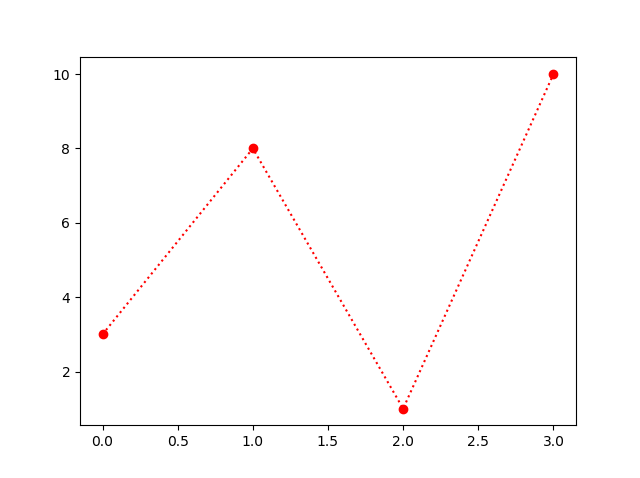





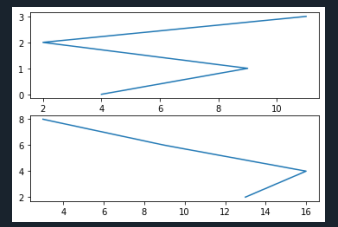

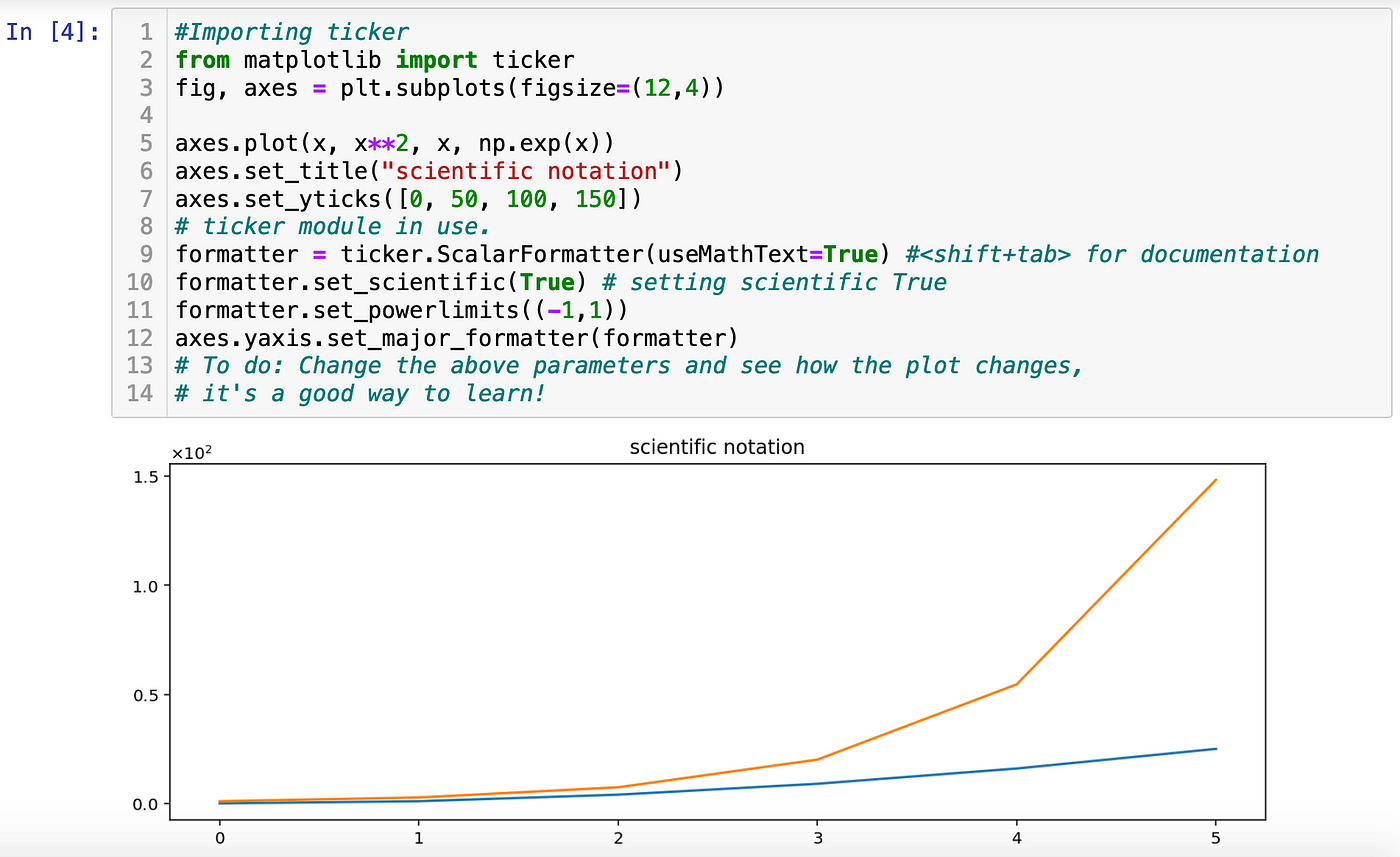
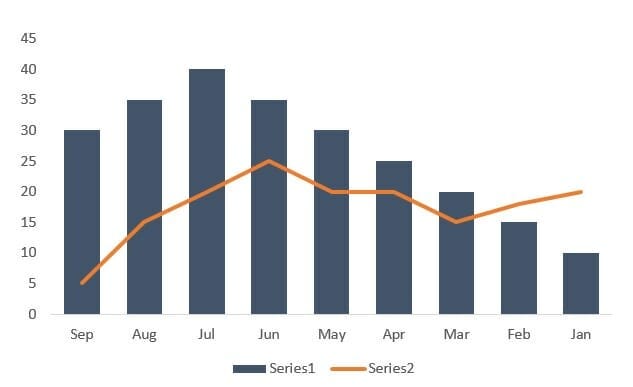




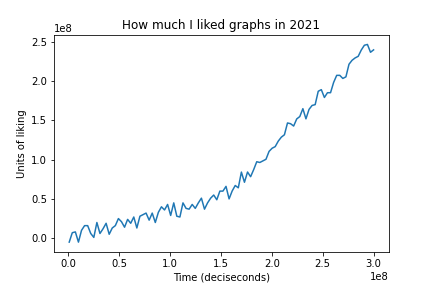


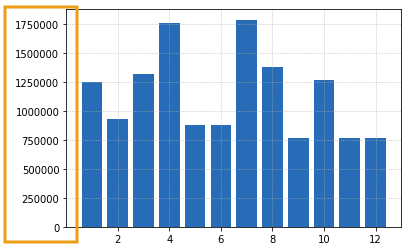




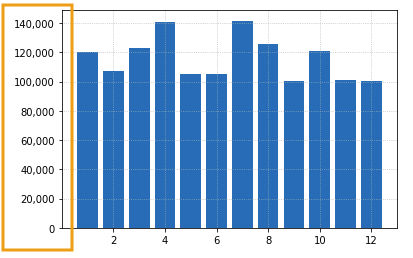

Post a Comment for "43 pyplot scientific notation"